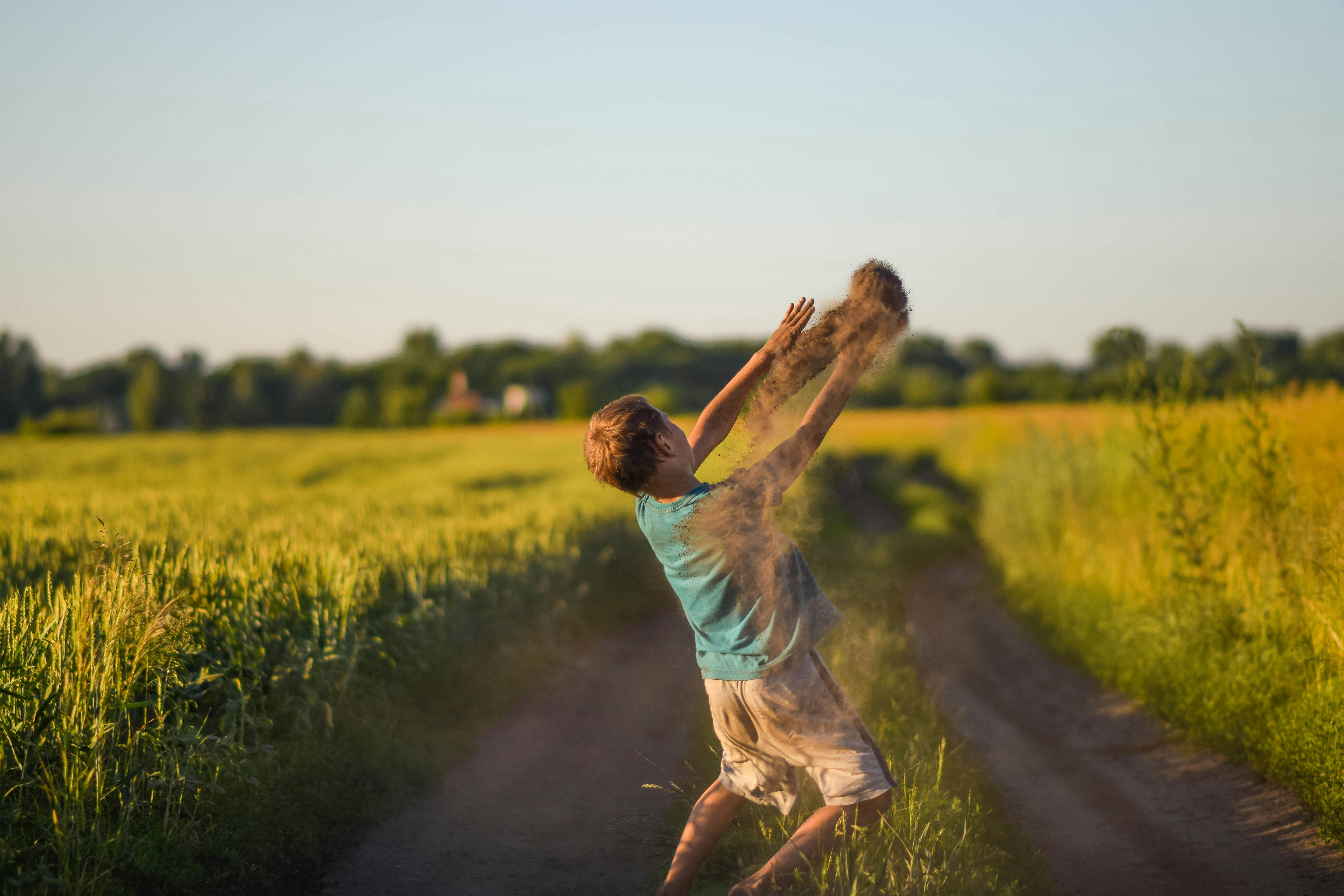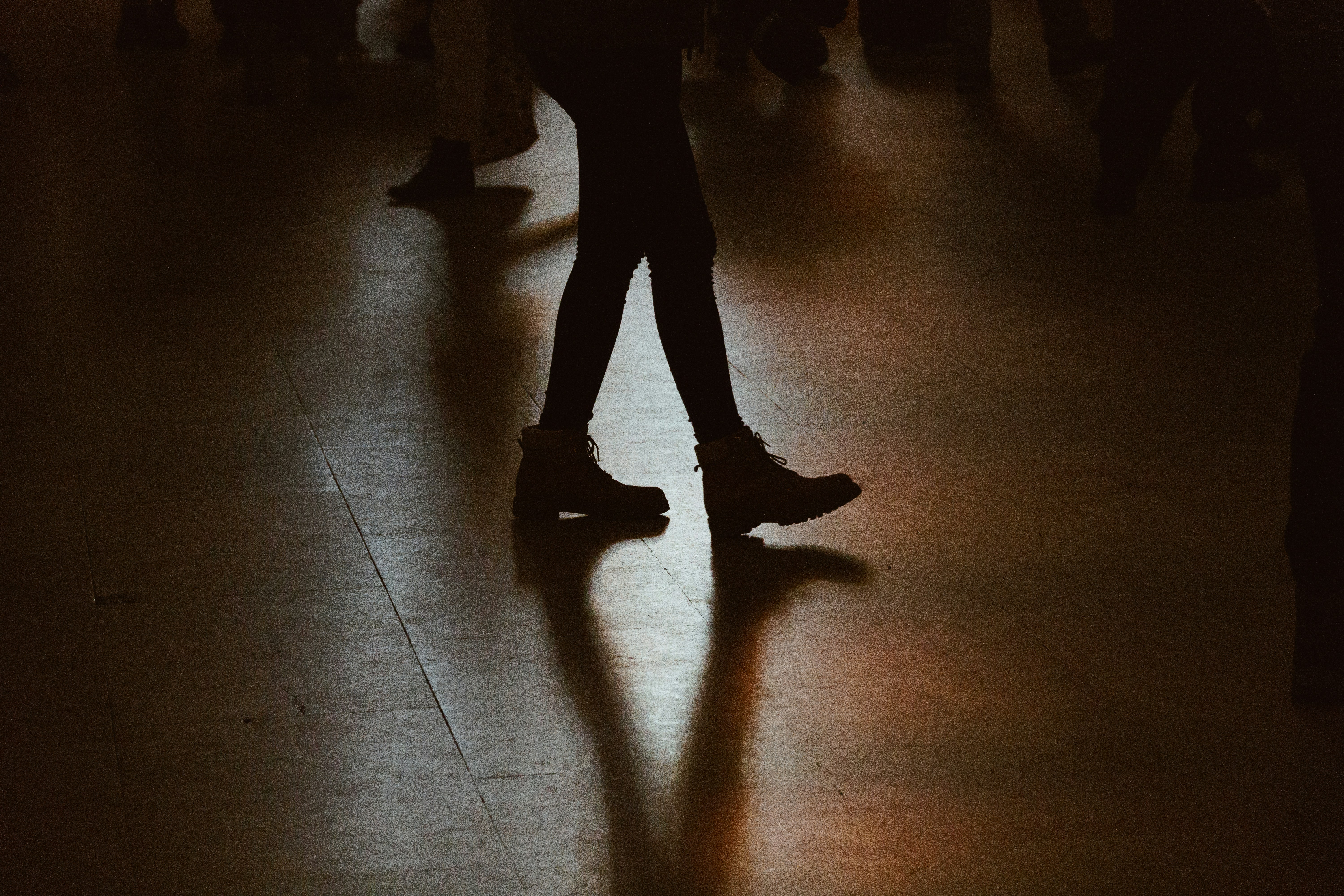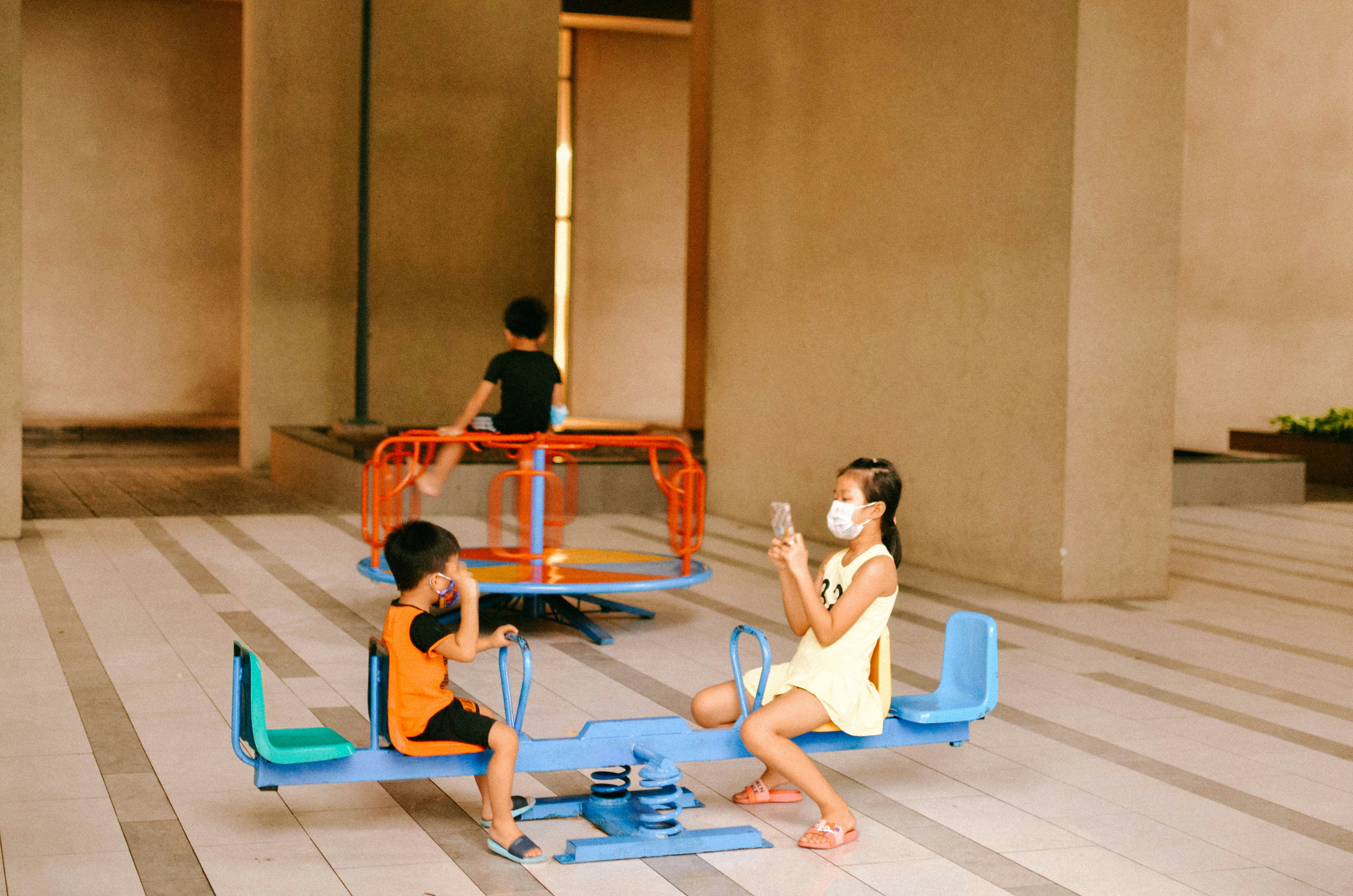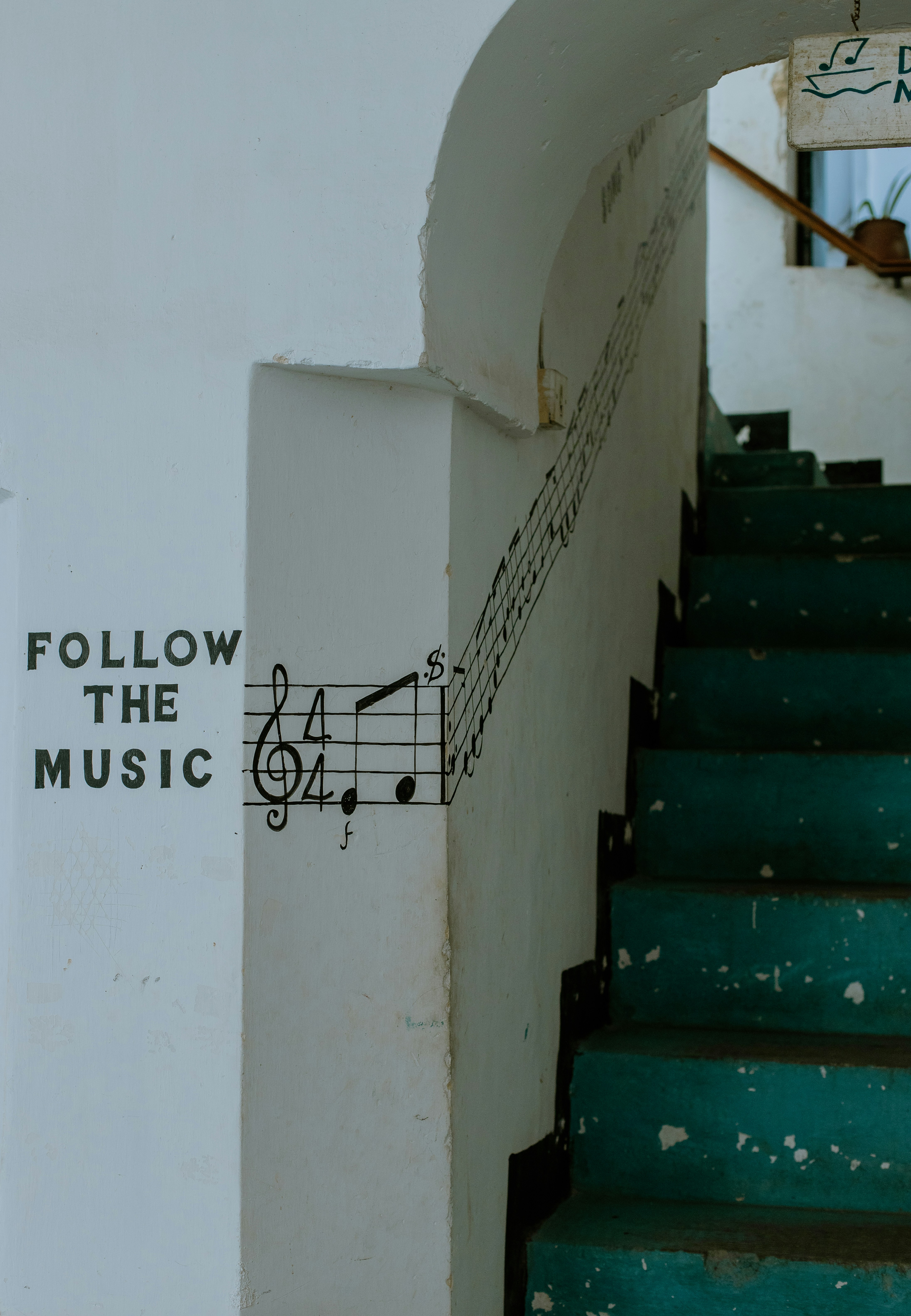Dance Your Way to a Better Bond: Enhance Pet Training with Rhythm
In a world where traditional pet training methods often yield mediocre results and can be tedious, there's a vibrant and transformative approach that’s catching the eye of trainers and pet owners alike: using dance and rhythm as a language of learning. This innovative method provides not just a fun activity for you and your furry companions but also nurtures deep emotional connections through the art of movement. Let’s explore how incorporating dance into your pet training sessions can harmonize communication, alleviate anxiety, and ignite enthusiasm in both you and your pet.
The Magic of Movement: Why Dance Matters in Pet Training
Mindful movement, especially through dance, has long been recognized in therapies aimed at enhancing human emotional and physical well-being. But what if the same principles could be applied to our pets? Engage any pet parent, and they’ll likely agree—training can oftentimes be a stressful experience for both parties. Animal behaviorists have shown that physical activity increases the release of endorphins, which not only enhances mood but also aids in learning. Dance and rhythm transform training from a mechanical task into an engaging, pleasurable experience that animals can associate with positive emotional states.
Unpacking the Benefits of Rhythmic Training
-
Improved Communication: Movement-based activities encourage pets to tune into their owners’ body language, creating an intuitive understanding between the two. This form of non-verbal communication can help both owner and pet in learning cues faster than traditional methods.
-
Reduced Anxiety: The rhythmic qualities of dance can operate as a soothing mechanism for pets. Performing movements to a gentle beat may help distressed animals feel calmer, enhancing their ability to absorb new information.
-
Increased Engagement: By combining play with rhythm, pets are naturally motivated to participate. This energetic and interactive relationship keeps training from feeling like a chore and instead fosters a joyful environment.
-
Strengthened Bond: Engaging in dance together solidifies your connection. Consider it a delightful form of cooperative play that increases mutual understanding and affection.
For further insights into the potential of movement in pets, check out Whiskers and Workouts, which delves into tailored fitness plans for pets.
Creative Exercises to Get You Started
Ready to hit the dance floor with your furry friend? Here are some innovative exercises that blend rhythm with your training sessions.
1. Dance Walks
Turn your regular walks into dance walks! Instead of sticking to a straight routine, incorporate rhythmic movements like twirls, spins, or sways. As you move, encourage your pet to follow your lead. This playful interaction not only offers physical exercise but also enhances their obedience to your cues in a fun manner.
2. Rhythm Training Games
Create a “dance training” playlist with upbeat music, and use it to accompany training sessions. For instance, every time the music stops, ask your pet to sit or stay. When it resumes, motivate them to jump or dance! This dual engagement assures the exercise remains dynamic and entertaining, reinforcing commands with rhythm.
3. Mirror Dance
Stand in front of your pet and perform simple dance movements. Observe how they attempt to imitate your actions. This mirroring technique establishes trust and promotes their ability to follow directions. By fostering this movement-based learning, pets become accustomed to engaging with their environment more actively.
4. Follow the Beat
Utilize a metronome or drum to establish a steady beat. As your pet learns to associate cues with the rhythm, you can gradually increase the complexity by asking for more advanced commands within that rhythmic structure.
5. Dance Parties
Host a pet dance party with fellow owners! Set some fun challenges, like dancing around with treats or using toys to engage the pets. This social aspect not only enriches their training experience but also builds a community of like-minded pet enthusiasts.
For more ideas on enhancing your pet’s routine through fun activities, you might enjoy Communicate and Train Your Pet which goes into detail on using textures as another playful training aspect.
Balancing Elements: The Psychological Underpinning
By drawing on principles from psychology and animal behavior alongside elements of performing arts, the interplay between rhythm and pet training has a solid foundation.
One significant psychological principle to consider is association and reinforcement. Classic conditioning teaches us that animals can learn to associate actions with rewards. When education is presented within a context of rhythm, pets can better connect their actions with cues leading to desirable outcomes.
Moreover, the idea of movement as expression enhances not only the training experience but also the well-being of the pet. Dance allows pets to break free from restrictive routines. Moreover, as they engage in rhythmic movement, they can express their joy and decrease behavioral problems often stemming from boredom or stress.
Emotional Benefits: Beyond Training
The enhancement of your pet's emotional well-being through these methods is profound. Engaging in dance can lead to lower levels of stress both for the pet and the owner, promoting a positive atmosphere during training. Not only will you witness improvement in their ability to follow commands, but you’ll also notice differences in their overall mood and demeanor.
Moreover, by fostering mindfulness during these sessions, you enter a state of flow, where both you and your pet can lose yourselves in the moment—an ideal environment for learning and emotional bonding. To explore the realm of mindful interactions, visit Pet Zen to discover mindfulness methods tailored specifically for pet owners.
Safety First: Tips for Mindful Movement with Pets
Dance with your pets is exciting and beneficial, but it’s vital to remember a few key safety measures:
-
Space Considerations: Ensure you have enough room to dance without any obstructions that may cause harm to you or your pet.
-
Pace Yourself: Start slowly, especially if your pet is new to movement-based activities. Gradually increase the tempo as they become comfortable with the rhythm.
-
Stay Aware of Signs of Discomfort: Just as with any new activity, be attentive to your pet's body language. If they seem anxious or restless, it may be wise to tone it down or take a break.
-
Choose Appropriate Music: Select tunes that align with the energy level suitable for both you and your pet. Upbeat songs may energize play, while slower tempos can promote relaxation.
Final Thoughts: Tap into the Rhythm of Training
Incorporating dance and rhythm into your pet training sessions is not just about learning commands; it’s about creating a shared experience that strengthens your bond. Not only does it provide entertainment for both you and your pet, but it turns training into a delightful dance rather than a mundane task.
As you explore this innovative approach, consider delving deeper into other methods to enrich your pet’s environment. For instance, check out Enhance Your Pet's Training which elaborates on utilizing soundscapes for optimal learning experiences.
By prioritizing joy, connection, and rhythm in your training approach, you embark on a journey that celebrates the unique relationship between you and your furry friend. So, lace up your dancing shoes, turn on the music, and let the rhythm guide you both into an enriched and harmonious training experience!












